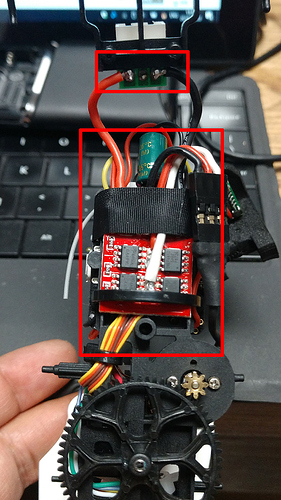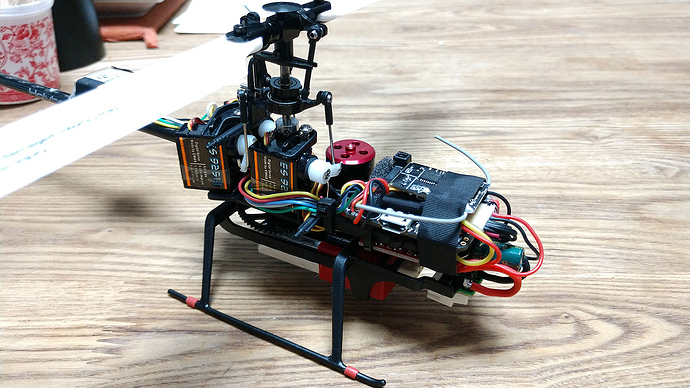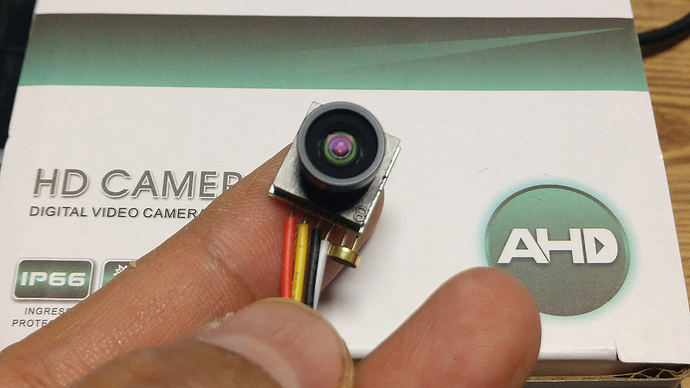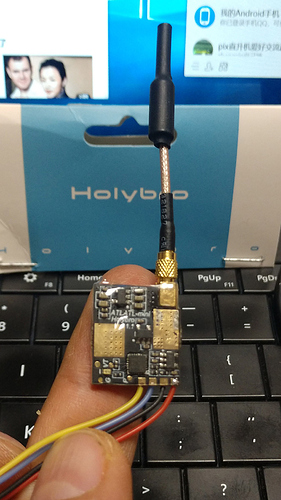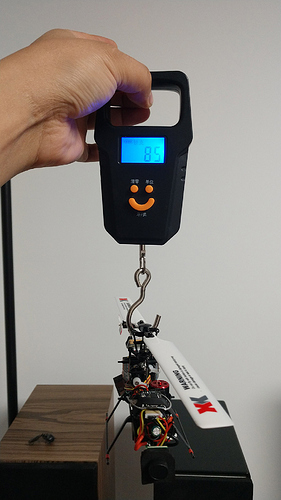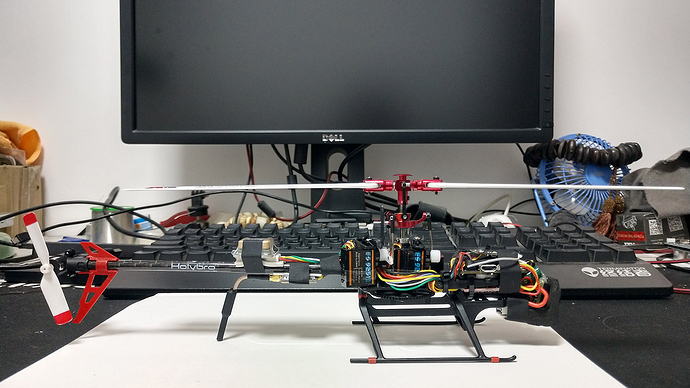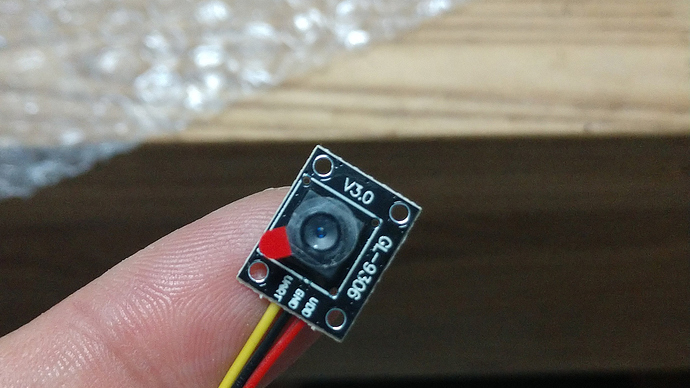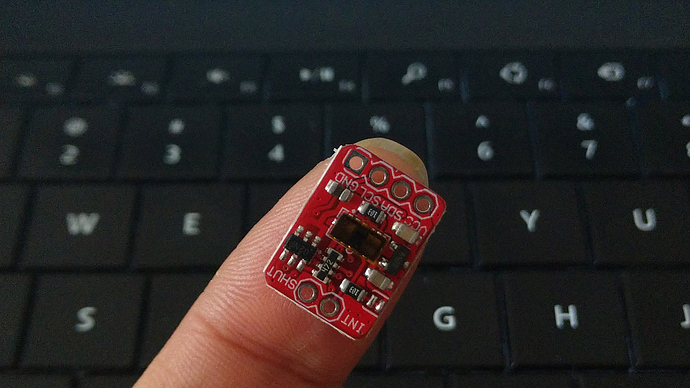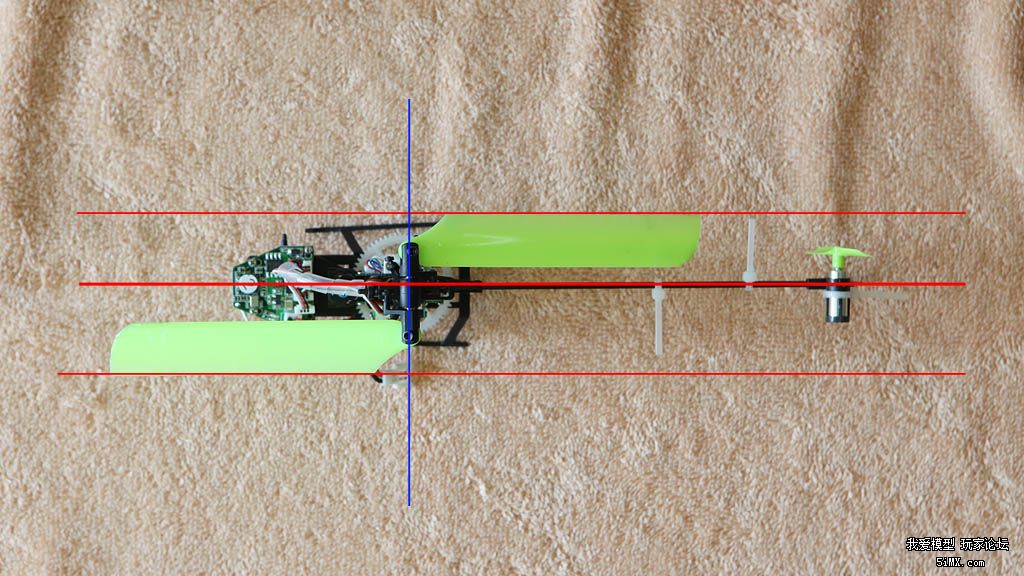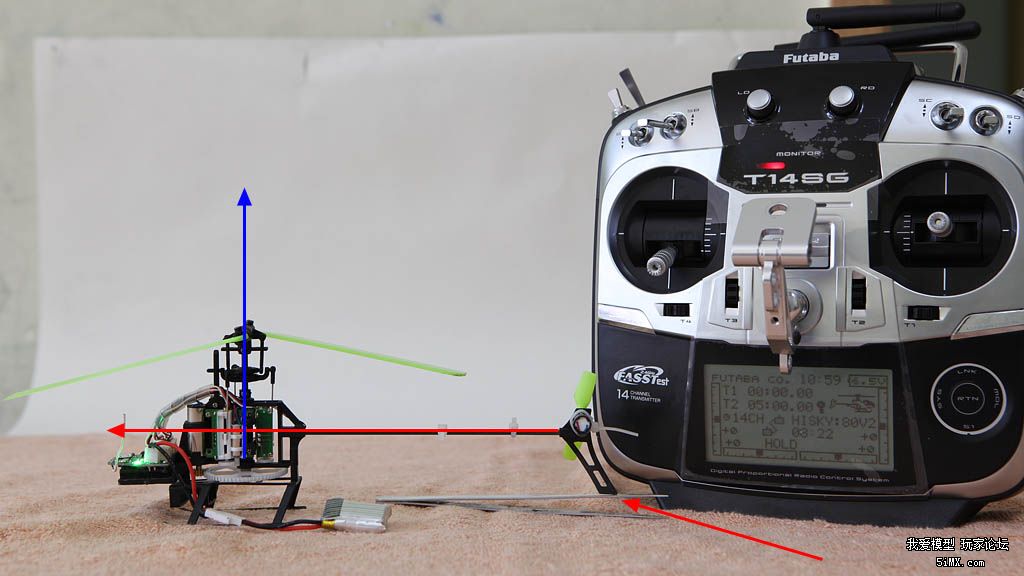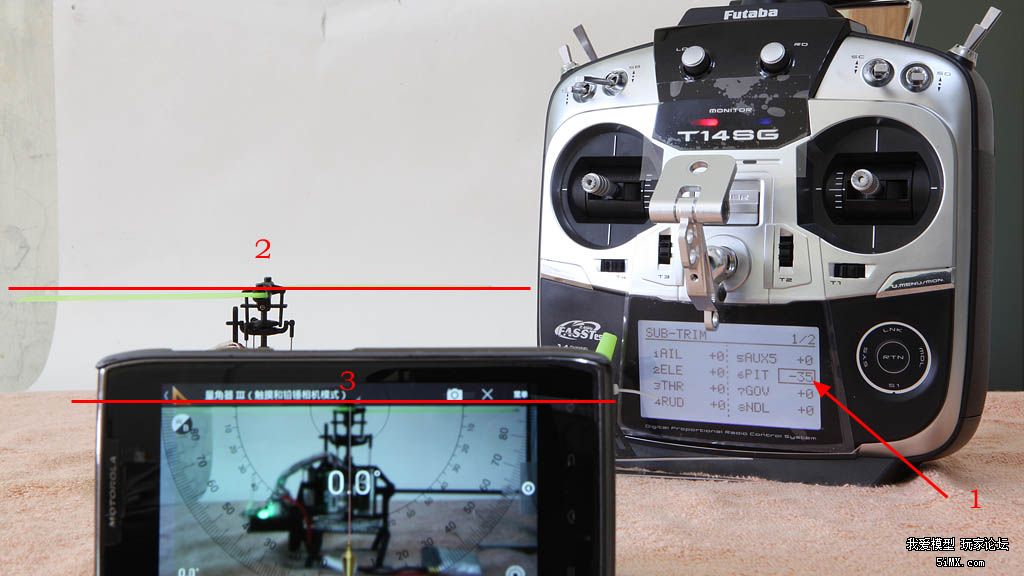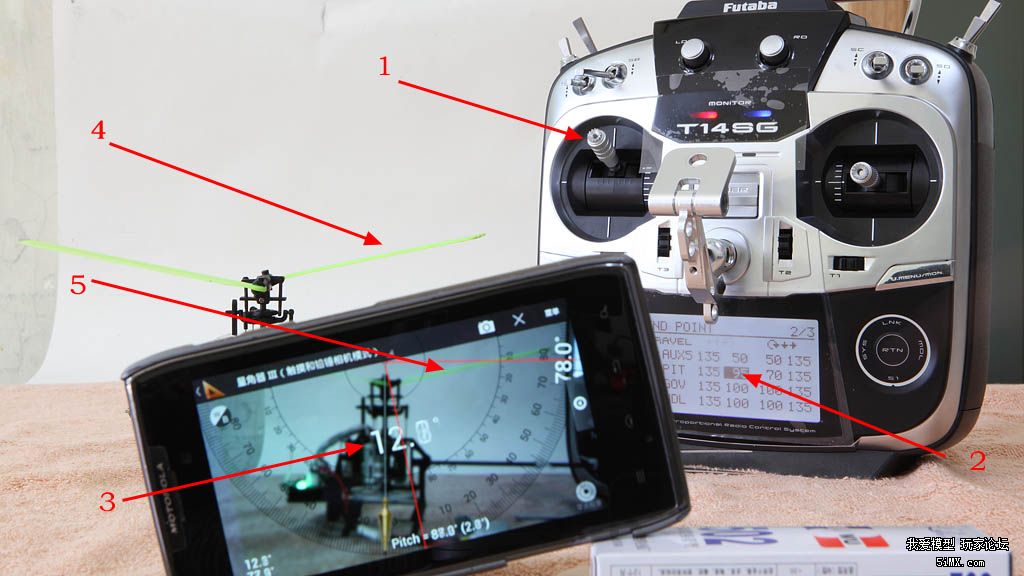Continue to install the camera, Video Tx, Blheli Gov ESC, Brushed ESC for 2s power supply,everything is ready, let us FPV style
Smallest FPV ArduPilot helicopter indoor flight:nerd_face:
Great work!!! Wow!
Max fly time? battery?
Works only with Futaba?
The original battery 2s1p 300mAh flight time 5 minutes, the deputy factory 2s1p nominal 550mAh battery, flight time 7 minutes. For supported transmitters, see the receiver model you are using. The flight controller can directly input sbus or ppm.
The latest test video this morning, the outdoor temperature is -7 degrees Celsius, there is no wind, and the battery’s endurance is reduced, but it is enough to test the fully automatic flight mission (curve waypoint, do jump 3 times flight). The DVR image of the on-board FPV camera is shown in the video.
Thank you for your attention, and share with you the joy of successful debugging, very happy, cheers
Do you have the dataflash logging? Seems it’s not working with the F7 Mini from Master.
I’m just working on a patch now to enable logging via the SPI blackbox chip on the board.
Hello Everyone,
@zhangsir, awesome work. appreciated.
Can you please share the params file, I want to perform similar project.
Thanks in advance
With dataflash logging, log data can be recorded normally. You can see screenshots of log analysis through the pictures in the top floor post. Just because it is an on-board flash memory record, it has a small capacity and cannot record more data, but it can record at least 3 flights of about 5 minutes each.
Sorry, but I ca n’t provide the params file to share with you, because the ArduHeli debugging prerequisites, there are many types of helicopters, the mechanical structure, assembly, and debugging are very different. The steering gear, ESC, bec, etc. are also very different Therefore, the different requirements of these prerequisites lead to completely different requirements for the parameters, and it is not possible to directly apply params of other carriers. My suggestion is to carefully refer to the official wiki’s guidance document, and rigorous debugging step by step is completely successful.
Mini helicopters can be debugged and installed indoors…
Based on the current foundation, the optical flow sensor and Lidar rangefinder module have been further added. After a period of complicated debugging and experimentation, the traditional helicopter was finally successfully implemented in the indoor Loiter by optical flow positioning for the first time, cheers !!!
Here is a slow motion video clip with music:
Where did you find the 2S brushed ESC? I just got one a K120 and want to convert it.
I am so impressed with your work. Just amazing.
Question - did you go through ALL the mechanical set up steps shown in the Traditional Heli Wiki or do you have special alternative steps?
https://ardupilot.org/copter/docs/traditional-helicopters.html
During set up…I’m trying to picture how you made rotor blade pitch angle measurements with a pitch gauge on such small, bendy (flexible) blades & blade mounts. Generally, toy helis have a good amount of swash plate slop too. How did you manage to get such impressive stability? Please tell us all.
Bravo to you on this great work. You are inspiring me to challenge myself more.
Thank you for your attention
I do refer to the steps in the heli wiki for patient debugging, and combine my years of experience in debugging and flying mechanical and electronic equipment of traditional helicopters.
For the blade pitch angle setting of ultra-small helicopters, there is a more convenient method, such as folding the two main blades in the same direction by 90 degrees, and then measuring the pitch is very effective.
Sir Zhangpeng - could you take a photo or video of exactly how you position and use the pitch gauge with both blades folded back? When I measure small helicopters, the blades are too small to support a pitch gauge and I get wildly varying readings. Thank you. Mike
Similar to the method in the picture below, use the camera and measurement app of the mobile phone to cooperate:
Sir Zhang - such ingenuity and creativity for making Pitch measurements on these small aircraft. I would never have thought of such a practical method on my own. I’ll try the same technique on a 450 size aircraft and compare it with a traditional RC Logger. Thanks for sharing your techniques and knowledge with us.
You can see optical flow data in the HUD window of MP!
opt_m_x
opt_m_y

